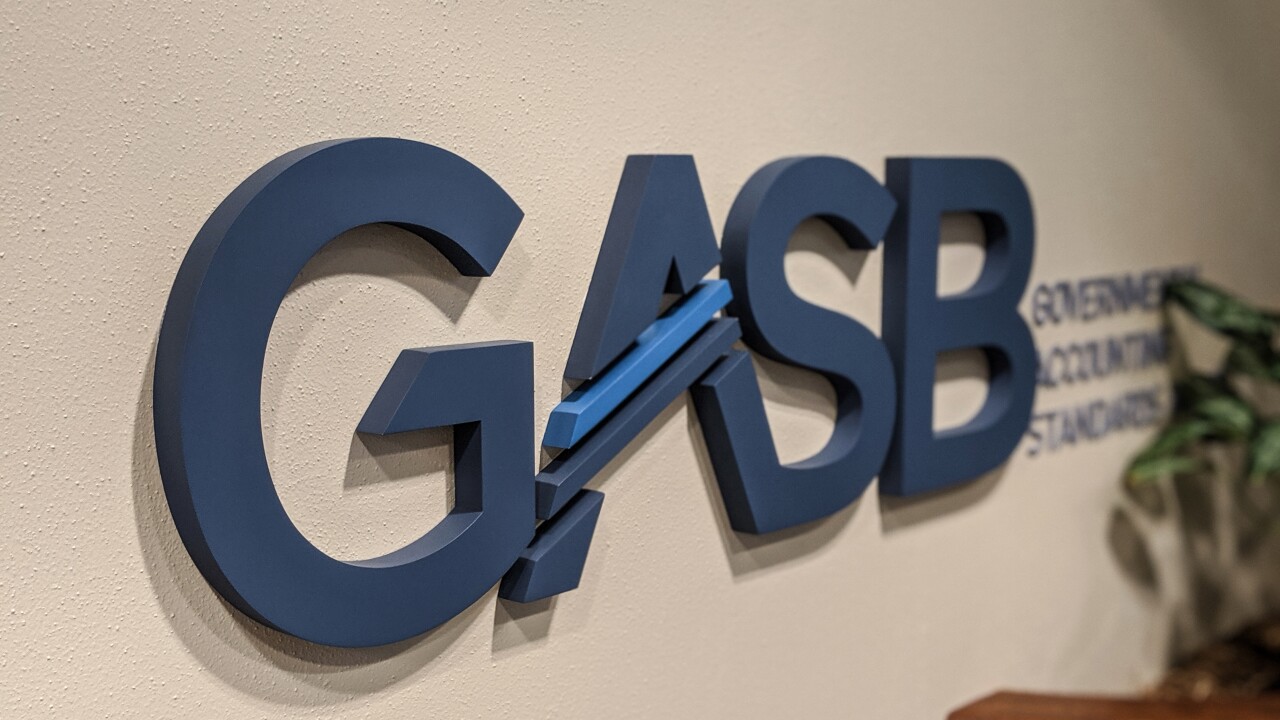Ambac Financial Group announced late Monday it filed a voluntary petition for relief under Chapter 11 of the U.S. Bankruptcy Code in the U.S. Bankruptcy Court for the Southern District of New York.
The company, which held $1.6 billion of debt as of June 30, said it will “continue to operate in the ordinary course of business as 'debtor-in-possession’ under the jurisdiction of the Bankruptcy Court.”
Ambac, which founded municipal bond insurance industry in 1971, is the holding company of Ambac Assurance Corp., a now junk-rated insurer that was the second-largest bond guarantor before mortgage-related debt wrecked its balance sheet in the early stages of the financial crisis.
Shares of the insurance holding company sunk by more than one-third in after-hours trading to $0.34. In normal hours, the company’s stock rose 3.75% to $0.52. The company’s stock, which peaked at $96.08 on May 18, 2007, fell below $1 for the first time in February 2009.
Ambac announced on Nov. 1 that it would skip paying a $5.9 million interest payment owed on its debt that day. The company said it was unable to raise fresh capital and would be forced to file for bankruptcy under Chapter 11 unless an agreement could be reached with its creditors on a prepackaged bankruptcy.
Those talks failed, according to a press release Monday.
“The company was unable to raise additional capital as an alternative to seeking bankruptcy protection and was also unable to agree to terms with an ad-hoc committee of certain senior debtholders in order to restructure its outstanding debt through a prepackaged bankruptcy proceeding,” the company said.
Ambac said a “non-binding term sheet” has been agreed upon and will serve as a basis for further negotiations with the ad-hoc committee. It said that may allow the holding company to emerge from bankruptcy “more expeditiously.”
One of Ambac’s most valuable assets is the right not to pay taxes on some amount of future income, should it earn any. The company has preserved $7 billion in “net operating losses,” which could offset taxable income. However, the company would lose that tax credit should another company buy a large stake in Ambac. The Internal Revenue Service instituted that rule in 1986 because it didn’t want people to buy unprofitable companies just for the tax credits.
Ambac took precautionary measures in February to reduce the risk by entering into a tax-benefit preservation plan.
Any bankruptcy restructuring would likely result in some transference of the company’s equity ownership, probably to debtholders. Ambac is requesting an interim order “restricting certain transfers of equity interests in and claims against the company that is retroactive to the time of filing” to preserve the tax credits.
Ambac first announced that bankruptcy was a distinct possibility in November 2009.
Its bonds maturing in 2023 were trading at a yield bid-ask spread of 35.2% and 26.4%, according to a broker late Monday.
The holding company has $122 million of debt maturing next year. It also owed $18 million in interest on its debt this year, and $65 million next year, according to Bloomberg LP. Its cash-flow operation in the second quarter was negative $2.78 billion.
Ambac’s third-quarter results are due Tuesday after the close of trading.
Standard & Poor’s dropped Ambac Financial to D last Tuesday. Moody’s Investors Service rates the holding company C.
“We believe that this default is not a selective default on one debt instrument but rather that Ambac Financial will fail to pay all or substantially all of its obligations as they come due,” Standard & Poor’s wrote Tuesday after Ambac said it wouldn’t pay debt owed last week.
Ambac Assurance, which is rated R, indicating regulatory intervention, by Standard & Poor’s, and Caa2 by Moody’s, should be able to continue operating as its parent reorganizes, according to Moody’s.
Ambac Assurance has not written new policies since mid-2008 and only exists to manage the run-off of its insurance portfolio, which includes more than $200 billion of wrapped municipal bonds.





